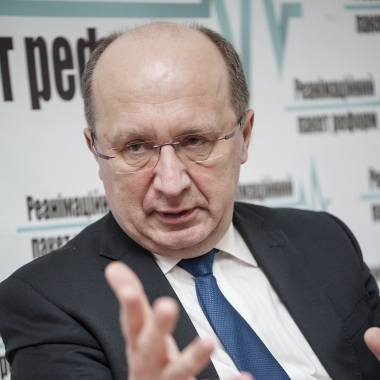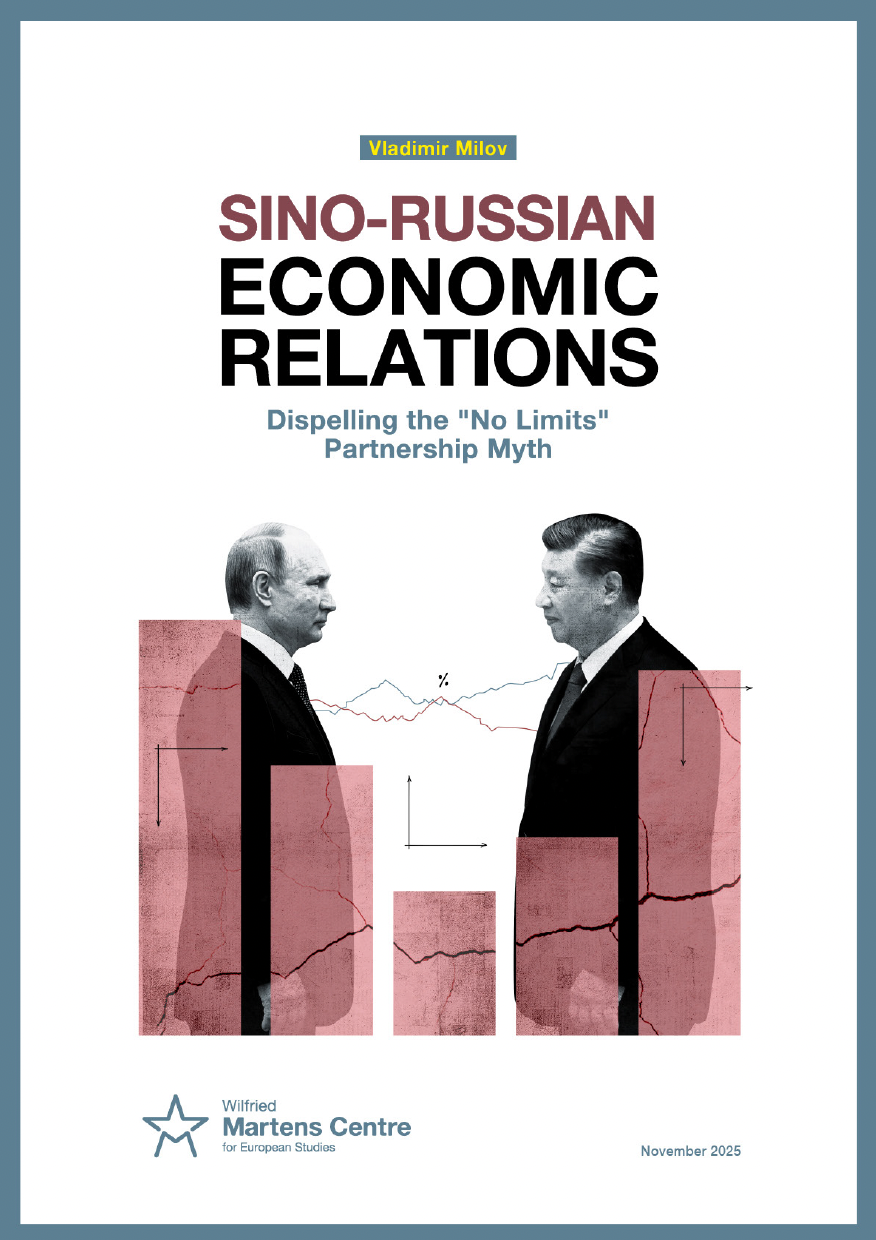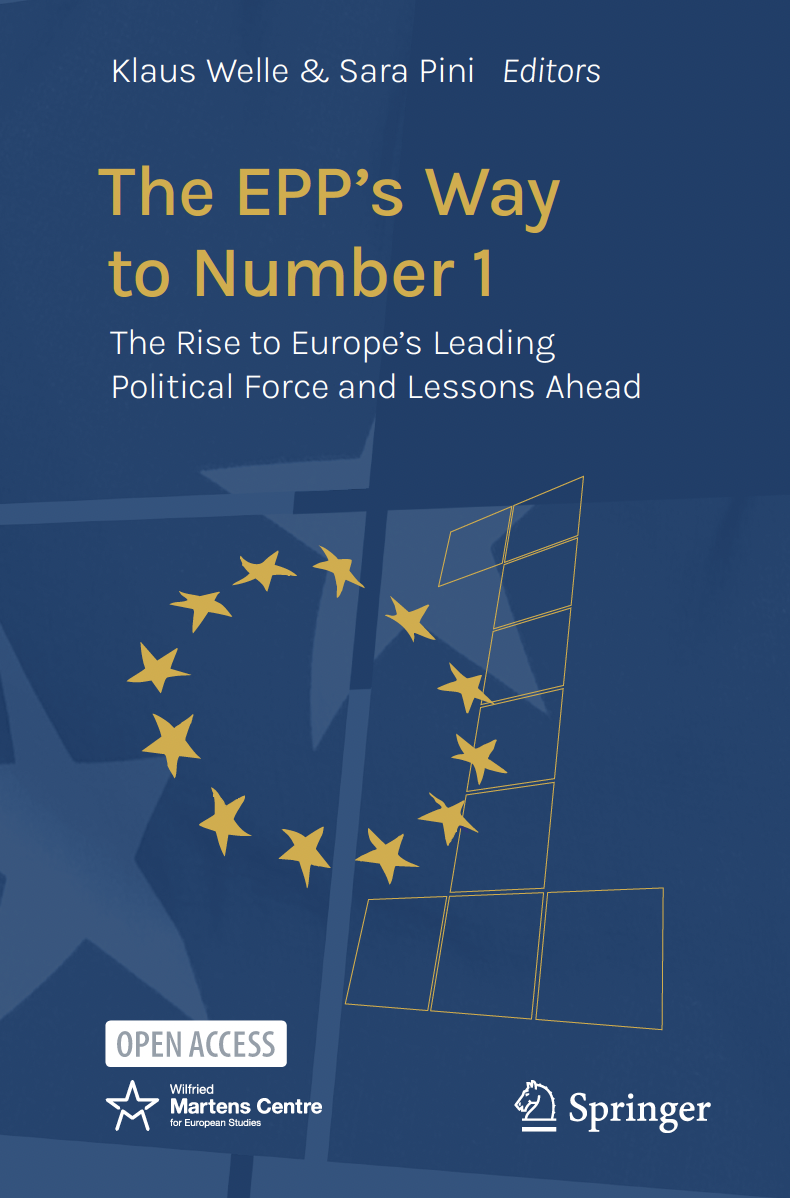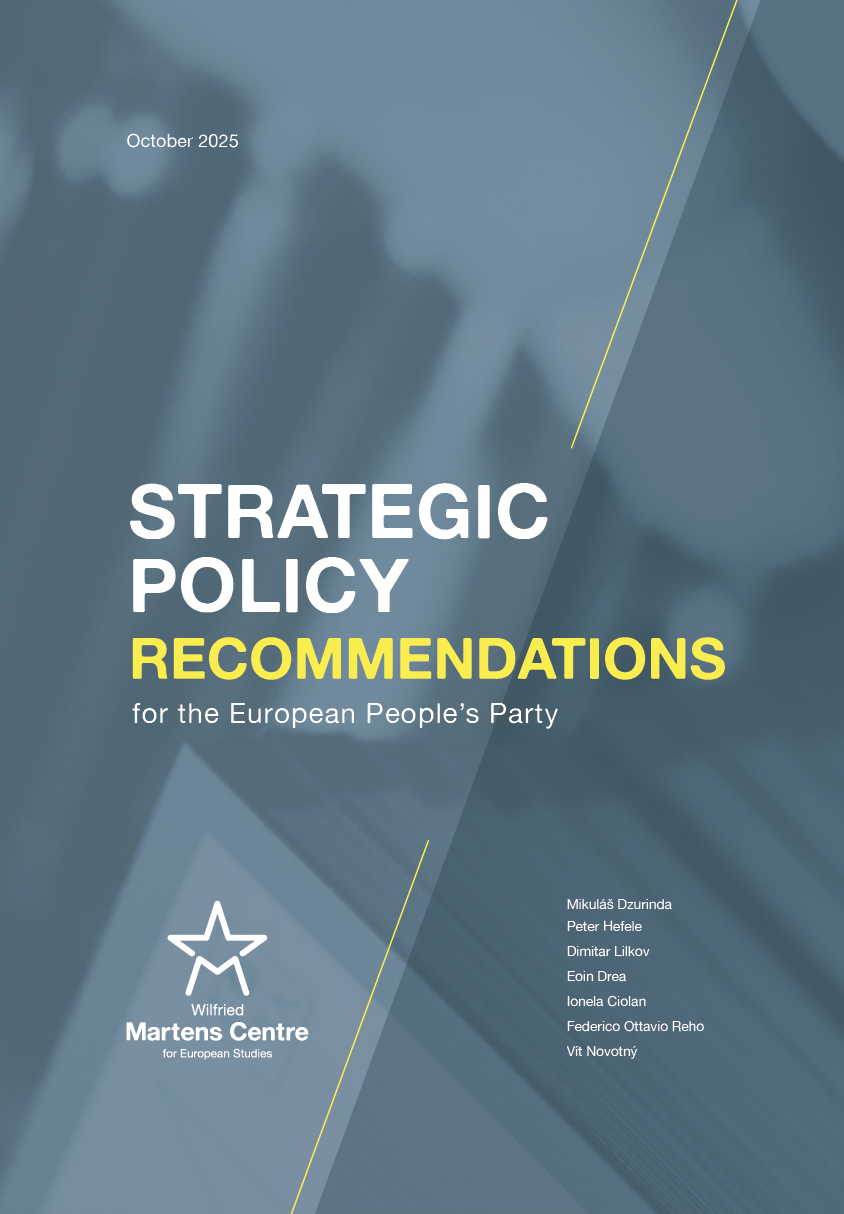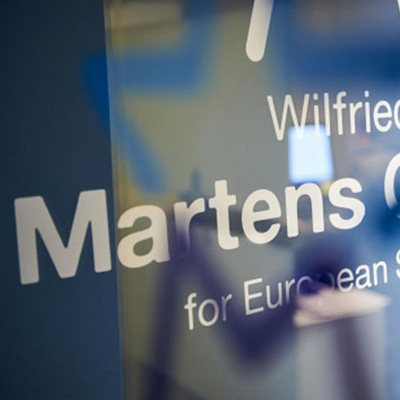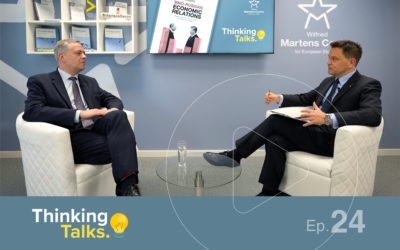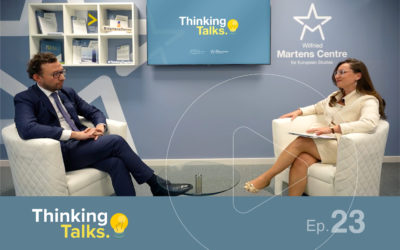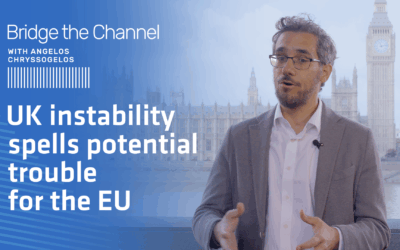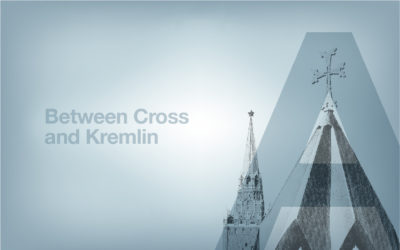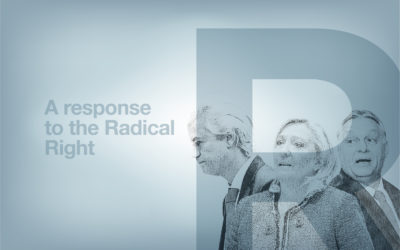Marshall Plan: why we need it again in 2017
28 June 2017
2017 marks the 70th Anniversary of the Marshall Plan as well as the centenary of the Bolshevik revolution in Russia. For Lithuania, virtually the whole of the 20th century was overshadowed by developments in the East – the Bolshevik revolution, the rise of the Soviet Union and subsequent half-a-century-long Soviet occupation since 1940.
Left on the other side of the Iron Curtain, Lithuania could not enjoy direct benefits from the Marshall Plan. However, because of the Marshall Plan, the EU and NATO were born, and that is what gave us freedom. Both anniversaries provide a good opportunity to look into a broader historical and future perspective.
Why are we drawing parallels between 1947 and 2017? Because nowadays, as back then in 1947, we face the very same problem – Russia/Soviet Union and its development, which is still very much influenced by the events of 1917.
However, because of the Marshall Plan, the EU and NATO were born, and that is what gave us freedom.
In 1947 George Marshall became concerned that Stalin would be able to establish his political dominance in Western Europe, where people were suffering due to the collapse of their economies, destroyed by World War II. It was known that local Communist Parties in France and Italy, following political directives from the Kremlin, were ready to exploit the dissatisfaction of the people to win political domination in those Western European countries.
In 2017 we are concerned that in Ukraine Putin may come back with a re-establishment of political domination over the whole country, where the dissatisfaction of the people is a natural consequence of deep and painful reforms, of weak economic recovery and of prolonged war in the Eastern part of Ukraine, initiated and supported by the Kremlin.
It is not only the future of Ukraine, not only the security of our region, but also the future of Russia itself and the long-term relationship between Russia and Europe that we need to be worried about. We need to remember that in the 20th century Europe suffered because of two tectonic conflicts: the ‘Germany–France’ conflict and the ‘Russia/Soviet Union – continental Europe’ conflict.
The main goals of the Marshall Plan in 1947 were:
- recovery of Western Europe in order to prevent Stalin to succeed in establishing his political domination there
- a solution to the first European tectonic conflict – the one between Germany and France, with the beginning of European integration and the establishment of the Coal and Steel Community in 1951
The main goals of the Marshall Plan in 2017 should then be:
- recovery of Ukraine in order to prevent Putin to assert his political domination in the country
- a solution to the second European tectonic conflict – the one between Russia and continental Europe.
This can be achieved only if Russia transforms itself into a normal European country. Success in Ukraine is the single instrument available to the Western Community to encourage a positive transformation of Russia. The example of success in Ukraine would have a major impact on the opinion of ordinary Russians. Russia, therefore, should be surrounded by the ‘belt of success’ of the Eastern Partnership region, where Ukraine is the most important country.
Putin is fighting against the success of Ukraine, because it endangers his regime. He anticipates that painful reforms in Ukraine will overwhelm the Ukrainian people with dissatisfaction. In democratic elections, such frustration would bring into power political forces, which would abandon the implementation of necessary reforms. That would be a strategic victory for Putin, one which we cannot allow to happen.
How did we, in the Baltics, achiev our success without any kind of Marshall Plan? We were lucky, because soon after regaining our independence at the beginning of the 1990s, we were promised membership in the EU, conditional on implementing complex reforms. A clear membership perspective helped us to reach a national political consensus in Lithuania and kept alive our motivation for reforms. That is how our success was created.
Since World War II the Western Community has invented only two effective geopolitical instruments, which prevented Russia/Soviet Union from expanding its political influence on countries suffering immense economic challenges of recovery or transformation: it was the Marshall Plan in 1947 and the EU enlargement in the 1990s. For the time being, Ukraine cannot expect an invitation to join the EU. That is why we need a Marshall Plan for Ukraine.
We need to bring back the inspiration and wisdom of 1947.
The Marshall Plan for Ukraine would be a package of investment funds into the real economy of Ukraine, conditional on implementing reforms. Following the institutional example of the Marshall Plan 1947 – the European Reconstruction Agency – a similar agency should be created for Ukraine. Five billion USD annually are needed to bring the growth of GDP up to 6 – 8% in Ukraine. The EU External Investment Plan provides a real possibility for financing schemes of the Marshall Plan for Ukraine – it entails 88 billion USD until 2020.
A big part of this money from the External Investment Plan will be used to implement what the German Government calls ‘Marshall Plan with Africa’. We support this initiative and we hope that the similar idea of a ‘Marshall Plan for/with Ukraine’ will be supported by other countries. Our initiative gathers momentum, as the European People’s Party (EPP) in its Malta Congress expressed support for the Marshall Plan for Ukraine. Together with Ukrainians, we have already brought this initiative to Washington, and we shall go to Berlin and Brussels.
1947 and 2017 – a lot of similarities and similar challenges. We need to bring back the inspiration and wisdom of 1947: George F. Kennan’s deep understanding of why a ‘Russia Containment Strategy’ is needed; George Marshall’s boldness to propose a successful geopolitical initiative; the courage of Harry S. Truman and the leaders of Western Europe to take responsibility and confront Stalin with the Marshall Plan and defend Berlin during the blockade.
The same type of leadership and behavior is needed now – for the sake of lasting peace and stability in Europe through support of Ukraine in order to inspire transformation of Russia.
ENJOYING THIS CONTENT?


